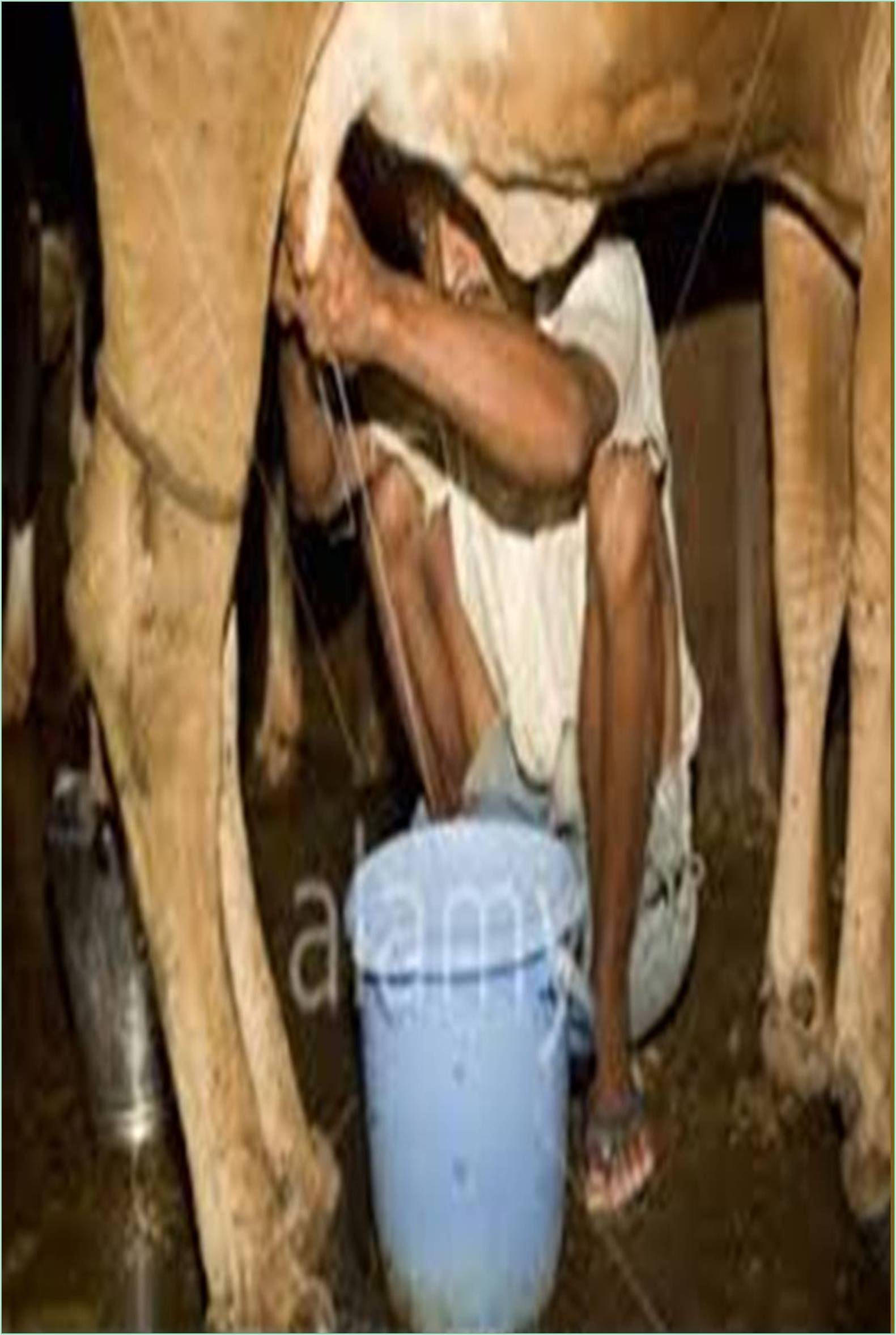



Received: 08-Jun-2021 Published: 29-Jun-2021
Cheese is nutritious food made mostly from the milk of cows but also other mammals, including sheep, goats, buffalo, reindeer, camels and yaks. Around 4000 years ago people have started to breed animals and process their milk. That's when the cheese was born.
Cheese is dairy product formed by coagulation of casein, milk protein. It is available in wide range of flavors and textures, it mainly has fat and proteins from the milk. Cheese has more value because of its longer shelf life, high protein and fat content, calcium and phosphorous.
The Cheese preparation is done in three stages. The step is acidification of the milk using rennet or suitable bacteria and then it is separated into the curds and liquid whey. In the next step the obtained mass is drained, salted and packed and the mass is cut into small pieces to ensure the draining of water, in some cases they are heated. Salt added in this stage to prevent it from spoiling, to removes excess water, maintain cheese texture. Most of the cheeses get their final shape when the curds are pressed into mold or form. The next step is ripening of the cheese, during this stage there will be transformation of the texture and the flavor gets intensified. There are more than 500 varieties of cheese known all over the world[2].
Different types of cheese
• Fresh Cheese
These are unripened cheese as they are not aged at all, they are soft spreadable with mild flavors and creamy textuers. Some of the fresh cheeses are cottage cheese, queso fresco, cream cheese, mascarpone, ricotta, chevre.
• Pasta Filata
It is stretched curd cheese, it is steeped in hot water and later stretched, spun or kneaded into desired forms. It’s preparation is famous in Italy. The examples of Pasta Filata cheeses are mozzarella, burrata, provolone, queso Oaxaca, Scamora affumicata, caciocavallo[1].
• Soft-ripened Cheese
These are ripen from outside in, inside it is runnier than outside. The character which makes it unique is the white rind of blooming mould. Som examples are Brie, Camambert, Cambozola.
• Semi-soft Cheese
This has a short aging period which makes it flexible, moist . It’s examples are Havarti, Muenster, Jarlsberg, Chaumes[1].
• Washed-Rind Cheese
These are the stinkiest cheeses . These are rinsed twice a week in seawater, beer, wine, liquor for about two months. The list of washed-rind cheeses include Limburger, taleggio, Epoisses, Alsatian Munster.
• Blue Cheese
These Cheese are inoculated with mold internally with the mould Penicillium roqueforti. Blue cheeses have strong, salty, nutty flavors and include varieties like Roquefort, Stilton, Gorgonzola, Danish blue.[3]
• Semi-hard Cheese
Semi-hard cheeses get their flavor from two sources: the strain of bacteria introduced to the milk and how long the particular cheese is aged. ith semi-hard cheeses, the length of the aging process will determine the hardness of the cheese and the "sharpness" of its flavor profile. Semi-hard cheeses include Cheddar, Gouda, Edam, Monterey Jack, Emmental, Swiss, Gruyere.
• Hard Cheese
These are low moisture, hard cheeses, they have pungent saltiness and rich flavor, because of their hardness, these cheeses are often grated over dishes like pasta and soup, not sliced. They include Parmigiano-Reggiano, Asiago, Percornio, Manchego[4].
Cheese is a great source of calcium, fat, and protein. It also contains high amounts of vitamins A and B-12, along with zinc, phosphorus, and riboflavin. Cheese made from the milk of 100 percent grass-fed animals is the highest in nutrients and also contains omega-3 fatty acids and vitamin K-2.